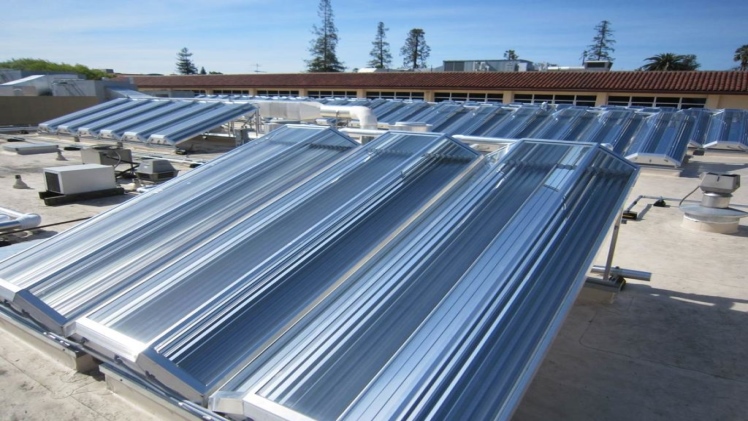It would be impossible to remain productive while working inside large buildings without air conditioning in hot and humid countries. However, using air conditioners in buildings consumes a lot of energy. It raises operating costs and harms the environment.
There are more efficient solutions, though, such as centralised cooling systems and district cooling. But are they enough?
Turns out, there is a breakthrough and emerging solution: Cooling as a Service (CaaS)–a more data-driven and, therefore, efficient approach to cooling large buildings.
Cooling as a service (CaaS) explained
CaaS, or Cooling as a Service, is where customers pay for the cooling provided by CaaS providers. The provider owns, installs, and maintains the cooling system in the client’s building so that client is only responsible for paying for what they use. In other words, it is similar to how one would pay for water or electricity.
The key advantage of this approach is that CaaS providers employ technology to monitor and control systems in real-time. They monitor and measure the essential performance indicators of the cooling system. Owners of residential or commercial buildings have complete access to the information collected, making it simple to make a data-driven decision on how much energy and money they need to keep their building cool.
What is the cooling system used by CaaS providers?
CaaS providers use a chilled water system to lower the temperature in their clients’ buildings. In a nutshell, cold water in the system absorbs heat in a building and then circulates it to the chilled water plant, so the system can cool it and recirculate the chilled air back to the building.
The CaaS providers always monitor the cooling system to ensure it performs efficiently. They use data to help watch how the system performs. The data then will be useful to improve the system’s efficiency, helping the clients to be more energy-efficient as well as save their money on cooling costs.
Who should consider CaaS as a commercial building cooling system?
Cooling as a Service is ideal for all sorts of structures, but it is especially beneficial for huge buildings such as data centers, office towers, shopping malls, and hospitals. These buildings require a lot of cooling and need a significant amount of power to maintain an acceptable environment. CaaS is an energy-saving solution that may assist these establishments in lowering their energy consumption without sacrificing comfort.
Is there anything else special about CaaS aside from low energy consumption?
Building owners only spend money on cooling on a pay-as-you-use basis. They do not have to spend capital expenditure just like district cooling or other centralised cooling system contracts. This means that building owners will not spend big on operational expenditures too.
Business-wise, building owners can instead invest resources to improve their business. This is different from traditional cooling solutions that require building owners to own, install and operate their own systems. Then, they also have to hire staff just to manage the cooling system.
CaaS is also highly scalable, so if a building needs more cooling capacity, the CaaS provider can scale it up. Conversely, when the client needs less capacity, the provider could downscale it.
To sum it up
Cooling as a Service (CaaS) is an efficient cooling solution that runs on data for big buildings. CaaS providers rely on tech to keep an eye on how their cooling systems are performing in real time so they can make necessary changes to be more efficient and use less energy overall. In addition to being environmentally friendly, CaaS is also economical and practical on a large scale. It is perfect for businesses like data centers, office towers, malls, and other large structures.

